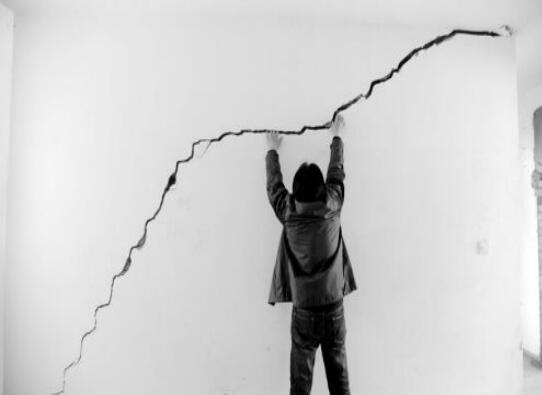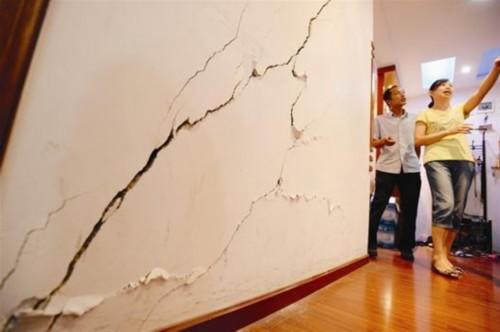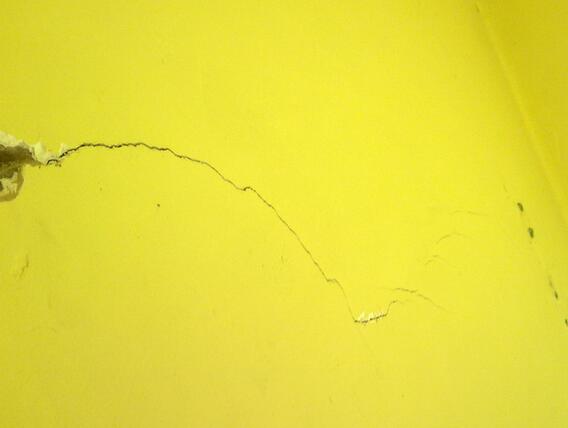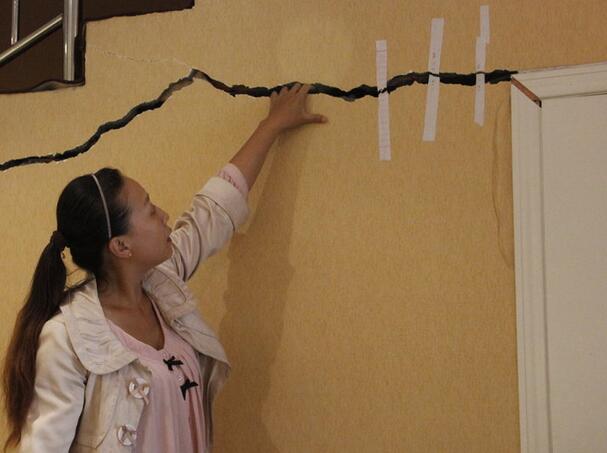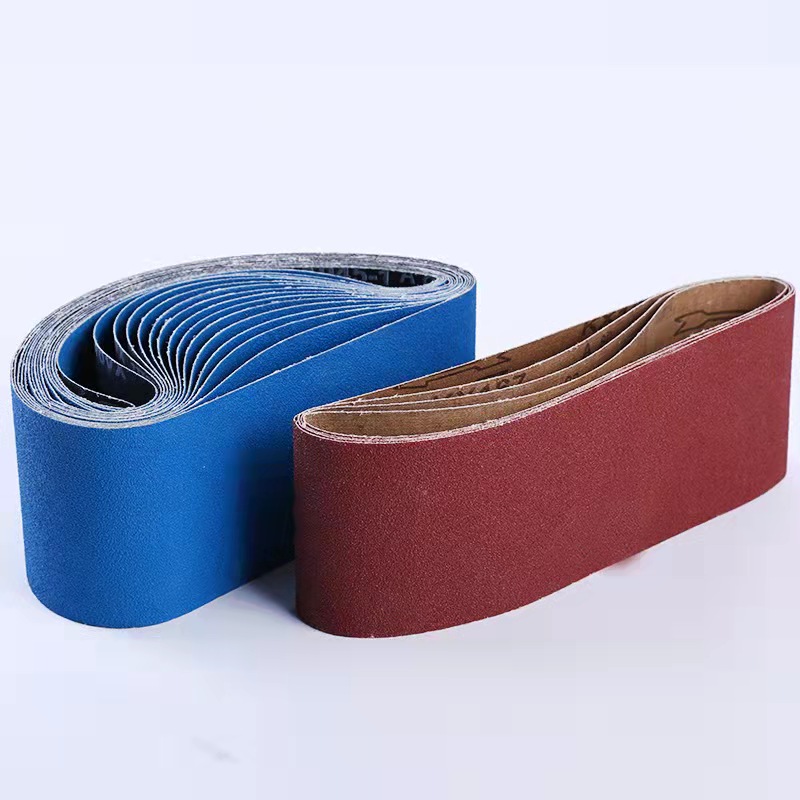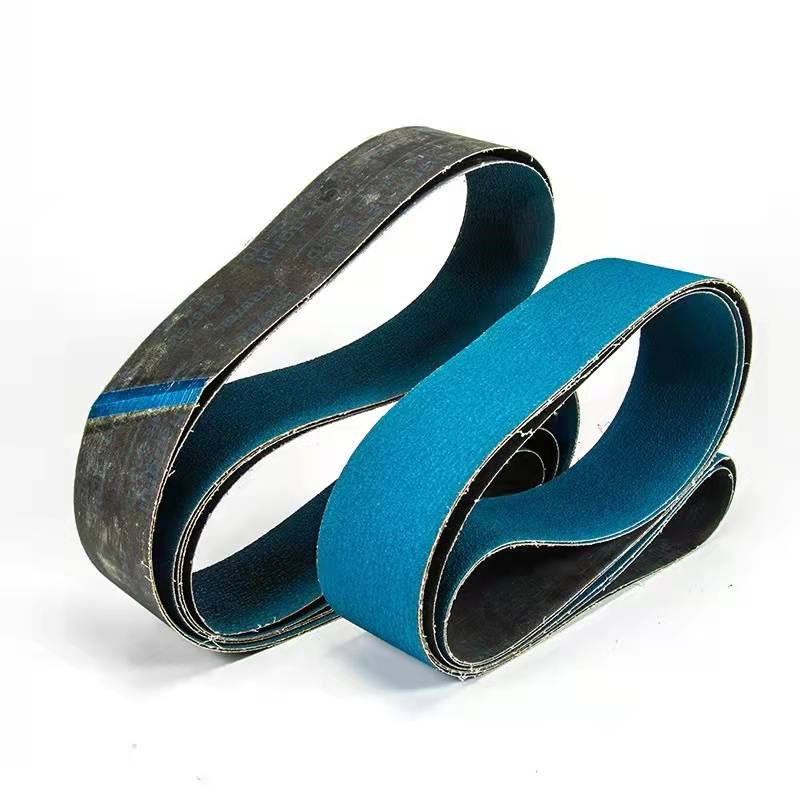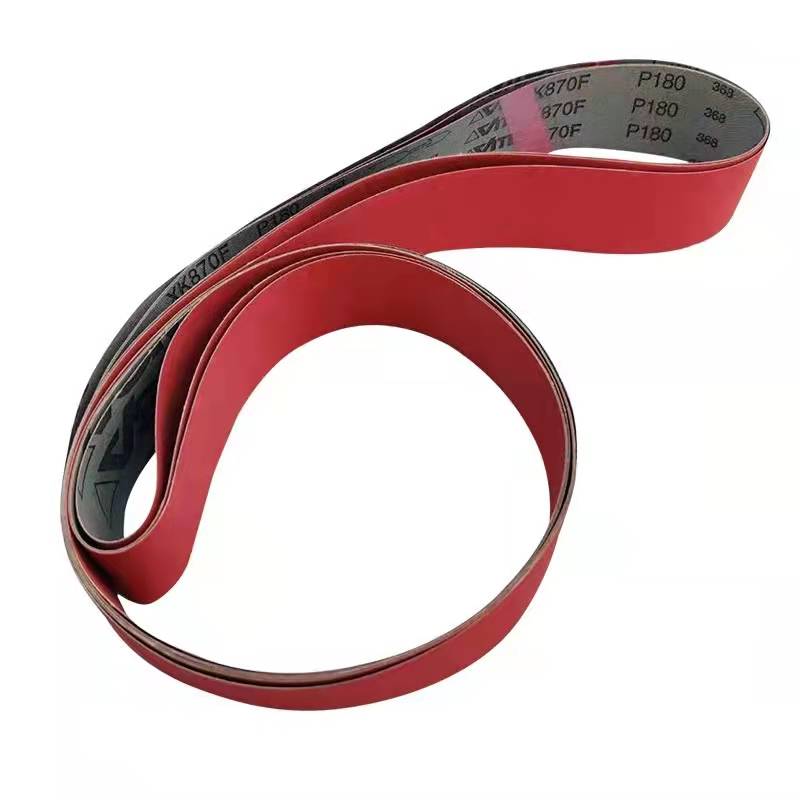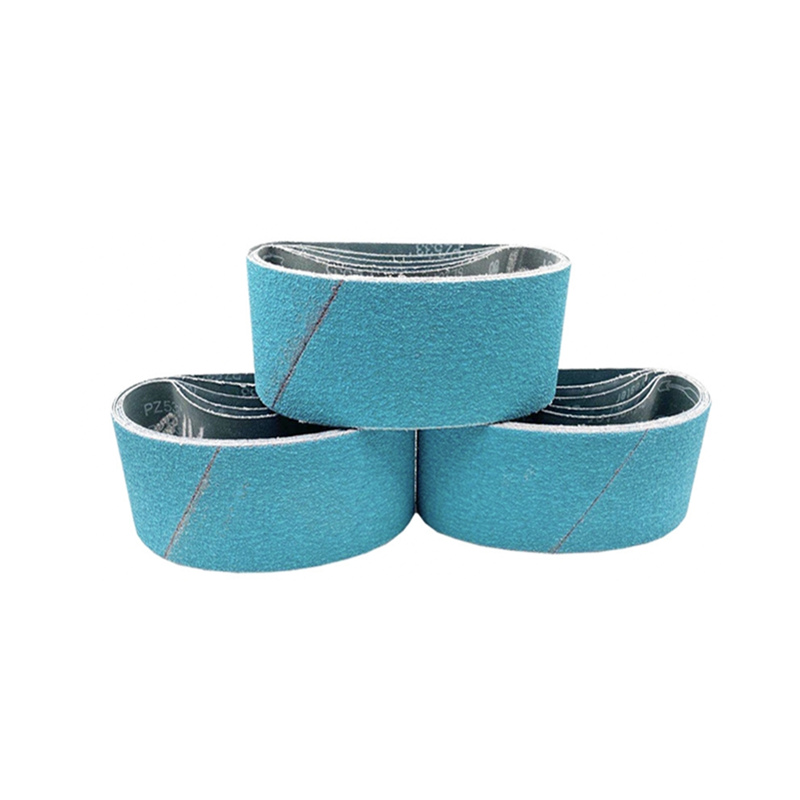After a few years of housing, there will be some problems. We often encounter cracks in the walls. There are cracks in the wall will give people a very unsafe feeling, but also will bring a lot of inconvenience to our lives, then encounter the wall cracks how to deal with it? Then follow Xiaobian together to see how the wall cracks and the reasons for it! Analysis of Wall Cracks 1. The reason for the first type of wall cracking is temperature cracking. In this case, the cracks are all at different material transfer positions, such as horizontal cracks at the junction of the ring beam and the brick masonry. The structure of the house may be deformed due to changes in the ambient temperature. Therefore, different materials have different coefficients of expansion, resulting in temperature-induced cracks. 2. The reason for the second kind of wall crack is the foundation sinking. After the completion of the house, the foundation may sink a bit more or less. If the settlement of the foundation is not uniform, the part where the settlement is large and the part where the settlement is small There will be relative displacement, which will produce shear and tension in the wall. When this additional internal force is greater than the wall's own tensile shear strength, cracks will occur. 3. The reason for the third kind of wall cracks is structural problems, which may be due to the lack of bearing capacity of the walls. In real life, it is often due to the laying of pipelines through the wall after the completion of the house, and the integrity of the wall. Cause damage, reduce the wall surface area, reduce the wall bearing capacity, which led to cracks in the wall; change the use of the house, increase the use of load or increase the vibration force, so that the wall was destroyed, causing cracks in the wall. How to deal with cracks in the wall A temperature crack If the interior decoration does not have a thermal insulation layer, then the thermal insulation layer is added. The heat insulation layer can absorb more heat by the sunlight radiation. Adding an air heat insulation layer or selecting a material with a low thermal conductivity and good heat insulation performance can effectively control the temperature rise of the layer panel. When the temperature of the panel is reduced, the temperature difference between the panel and the wall is greatly reduced, which can effectively prevent cracks in the top wall. II. Settlement cracks 1. In the case where the house is not sinking, repair the crack after the crack has stabilized. Repair usually uses cement mortar. Resin mortar caulking or cement grouting closed protection approach to deal with. 2. If the house sinks and is serious, then support measures should be taken to the house to reduce the load on the foundation and repair it after strengthening the foundation. Basic reinforcement is commonly used to increase the base area method. Pile foundation underpinning and grouting methods to improve soil properties. III. Structural cracks 1. The reason for this lack of load-bearing capacity is that the masonry strength is small and there are cracks in the wall. Therefore, the method of reducing the self-weight and load of the upper structure should be used. Or add reinforced concrete beams to the top masonry to bear the upper load. 2. Walls with insufficient bearing capacity and cracks can increase the bearing surface size without damaging the main structure to improve its carrying capacity. This method can also have corresponding effects. The above is an analysis of the reasons why Xiaobian brought to everyone the wall cracks and wall cracks. In fact, the problem is that there is a big problem in the construction project, so pay special attention to the decoration, if the crack on the wall is serious It may also cause major accidents that threaten people's lives. Therefore, cracks in the building walls cannot be reduced. The above introduction can help you, if you want to know other relevant information, please continue to pay attention to this site, more exciting so stay tuned! Wall crack Sanding Belt
Abrasive
belt is a belt-shaped tool that can be ground and polished, which is made by
bonding abrasives to flexible materials such as paper and cloth with a binder.
It is a main form of coated abrasives. Its basic composition is: base material,
abrasive and binder, collectively called the three elements of abrasive belt.
Abrasive belt is the main tool of the sanding process. Abrasive belt grinding
is a soft grinding method, which is a compound processing abrasive tool with
multiple functions of grinding, grinding and polishing.
Abrasive
tools are tools for grinding, grinding and polishing. Most of the abrasives are
artificial abrasives made of abrasives and bonding agents, and natural
abrasives are also directly processed from natural ore. In addition to being
widely used in machinery manufacturing and other metal processing industries,
abrasive tools are also used in the processing of non-metallic materials such
as food processing, paper industry and ceramics, glass, stone, plastic, rubber,
and wood.
Abrasives
are divided into natural abrasives and artificial abrasives. All materials that
can be used for grinding or grinding in nature are collectively referred to as
natural abrasives.
Natural
abrasives mainly include: natural corundum and garnet
Artificial
abrasives mainly include: white corundum, brown corundum, silicon carbide,
zirconium corundum, synthetic diamond, cubic boron nitride.
How
to choose a suitable abrasive belt and further improve the smoothness and
flatness of sanding is a very important issue in the use of abrasive belts. Due
to the differences in the three major components of abrasive belts and various
characteristic factors, abrasive belts can be divided into many varieties
according to different grinding objects, grinding conditions and grinding
requirements. The following is the classification of abrasive belts according
to abrasives. Different abrasive belts are suitable for different products. The
following types of belt operations are: automatic grinding, mechanical hand
grinding, desktop grinding, and manual tool grinding.
Types
of abrasive belts (according to abrasives):
1:
Accumulated abrasive belt
Application:
Widely used in polishing various non-alloy, low-alloy and high-alloy steel,
stainless steel, brass, bronze and other non-ferrous metals. Good
self-sharpening, long service life, uniform grinding volume and uniform surface
roughness.
2.
Brown corundum belt
Application:
Widely used in metallurgy, machinery, shipbuilding, wood, building materials,
textile printing and dyeing industries. Grinding and polishing of bamboo and
wood products, decorative panels, stainless steel, non-ferrous metals and other
complex surfaces. Fast cutting, heat resistance, long service life, efficient
wear resistance.
3.
Ceramic abrasive belt
Application:
Widely used in grinding chromium steel, chromium-nickel steel, stainless steel,
high-alloy steel, nickel-based alloy, titanium alloy, brass and bronze, etc.,
with good self-sharpening, strong grinding, and large removal of grinding
materials.
4.
Silicon carbide belt
Application:
Widely used in the grinding and polishing of brass, bronze, titanium alloy,
aluminum alloy, glass, ceramics, minerals, stone, rubber, and synthetic
materials. The sand surface is sharp, with very high strength and grinding
ability, suitable for grinding medium and high density plates. The bucky has
strong tension and ultra-wide sub-tension, which can be used for ultra-large
abrasive belts.
5.
Zirconium corundum abrasive belt
Application:
Widely used in the grinding and polishing of steel, alloy steel, cast iron and
non-ferrous metals, medium load or heavy load powerful grinding. The rigid
polyester fabric is resistant to strong tension and impact, has high abrasion
resistance, and has excellent comprehensive cost performance.
We distributes and wholesales various brands of Bonded Abrasives, Abrasive Sanding Disc, Cutting Wheels , Abrasive Flap Disc , Flap Wheels , Flap Disc Backing Pad, Flap Disc Adhesive, and Surface Conditioning Product etc, and enjoy a high position among consumers.
Belt Sander Paper,abrasive sander belt,GXK51 sanding belt,Sanding Belt,Delta Belt Sander Zhengzhou Jiading Abrasive Manufacturing Co.,Ltd , https://www.jd-abrasives.com